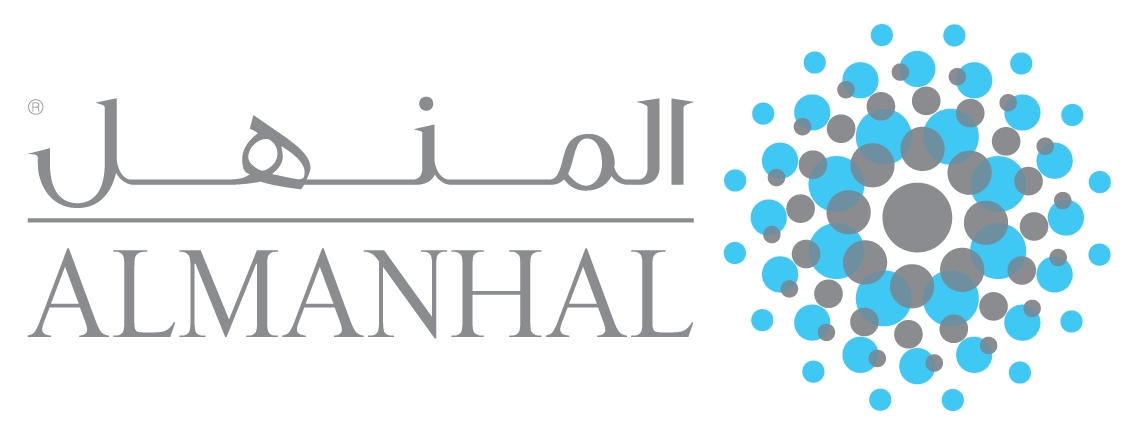Challenges of Islamic Debt Restructuring in a Multi Creditor Environment
DOI:
https://doi.org/10.31436/jif.v6i0.256Keywords:
Islamic Financing, Debt Restructuring, Multi Creditor, Framework, GuidelinesAbstract
The growth of Islamic Finance over the last few decades has brought Islamic Finance to a level where it co-exists hand in hand with conventional banking. It is now common for the same customer to take up both Islamic financing and conventional loans as opposed to only conventional loans in the past. While such development is positive, there are inherent issues resulting from such co-existence. One notable issue is when default occurs due to non-payment by the customer, and when both the Islamic financier (Islamic creditor) and the conventional lender (conventional creditor) subsequently opt for debt restructuring instead of proceeding with insolvency action. Debt restructuring helps prevent further default, thus can assist in preserving the business value of the customer and the interests of the creditors as a whole. It is not a difficult task if a customer has one creditor only. However, the situation can become complex when the debt of both the Islamic and conventional creditor are to be restructured concurrently. This situation is referred to as Multi-Creditor debt restructuring. While the objective of a Multi-Creditor Debt Restructuring is beneficial to all creditors and the customer, there are challenges for Islamic debt restructuring in a Multi-Creditor situation such as differing creditor’ rights, multiple interpretation on Shari’ah contracts and lack of clarity in documentation of transactions. These could lead to difficulties, amongst others, in proving the right amount of debts due and owing as well as in ascertaining the priority of claims vis-a-vis conventional loans. This research discusses some of the key issues faced when restructuring Islamic debts in a Multi-Creditor situation and how those issues and gaps are to be addressed with some recommended process flow, procedures and guidelines.
Downloads
References
Bank Negara Malaysia (2012). Classification and Impairment Provisions for loans/financing. Bank Negara Malaysia.
Bank Negara Malaysia (2012). Corporate Debt Restructuring Committee: Participants Code of Conduct. Bank Negara Malaysia.
Buljevich, E. C. (2005). The workout decalogue: the new global approach to debt restructurings. Cross-Border debt restructurings: Innovative Approaches for Creditors, Corporates and Sovereigns. Chapter 1. www.euromoneybooks.com.
Baker, J., Bannister, J., & and Vogel, J. (2011). Restructuring Islamic Finance Arrangements. Financier Worldwide Magazine. Retrieved from: www.financierworldwide.com
Garrido, J.M. (2012). Out-of-Court debt restructuring. World Bank Publications. Retrieved from: https://openknowledge.worldbank.org.
Hessam, K., & Delaney, O. (2010). Restructuring Islamic Finance Transactions in the Middle East: A new Frontier for Practitioners. Retrieved from: www.islamicfinancenews.com.
International Federation of Insolvency Professionals. (2000). Statement of Principles for a Global Approach to Multi-Creditor Workouts. London: INSOL International
Jeyathini, K (n.d). Insolvency and Restructuring: The Malaysian Position. Retrieved from: www.shearndelamore.com.
Laryea, T. (2010). Approaches to corporate debt restructuring in the wake of financial crisis. International Monetary Fund. SPN/10/02.
Mak, L. K. (2009). Corporate Restructuring. International Briefing. International Financial Law Review. Retrieved from: www.iflr.com.
Mohammad, D.H. (2014). Challenges facing the Islamic Finance Industry in relation to default, debt restructuring, insolvency and bankruptcy. Baker and McKenzie Restructuring and Insolvency Newsletter. June.
Mudassir, S. (2011). Islamic Finance: Bankruptcy, Financial Distress and Debt restructuring: A Short Report. Harvard Law School Islamic Finance Panel Forum held at Pound Hall, September.
Muddassir, S. (2011). Dealing with Defaults and Restructuring Issues in Islamic Finance. A paper presented at Berkeley Law School, April.
Nadia, R., & de Ranitz, S. (2009). A Brief Introduction to Out of Court Restructuring. Retrieved from: www. ifc.org.
Pankaj S. (2014). Corporate debt restructuring in India: An Overview of the Scheme. International Journal of Research and Analysis. 1(2), 313.
Thomas, K.M. (1994). External Debt Management: An Introduction. World Bank Technical Paper Number 245.
Tata, V. (2012). Development of Effective Insolvency Regimes for Islamic Financial Institutions. A Paper presented at the Fifth Islamic Financial Stability Forum, Manama Bahrain, March, 29.












